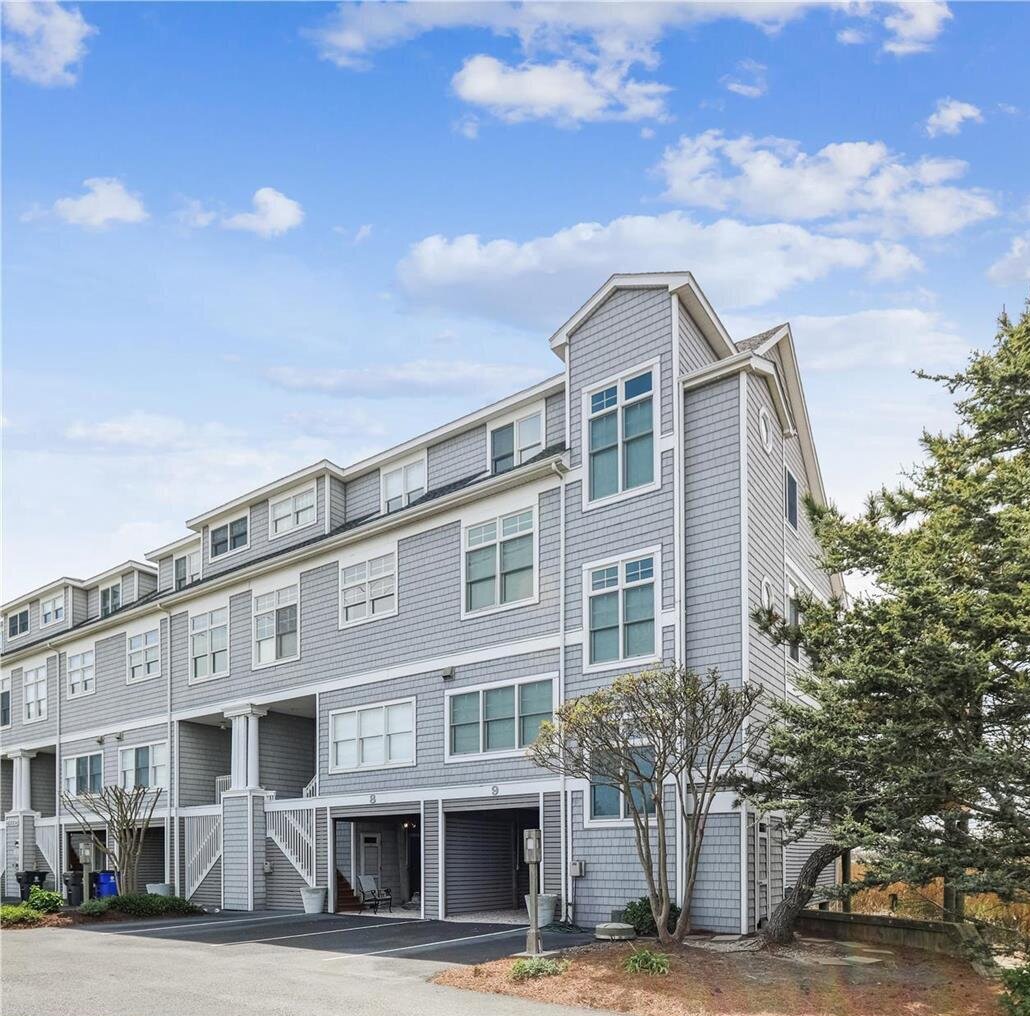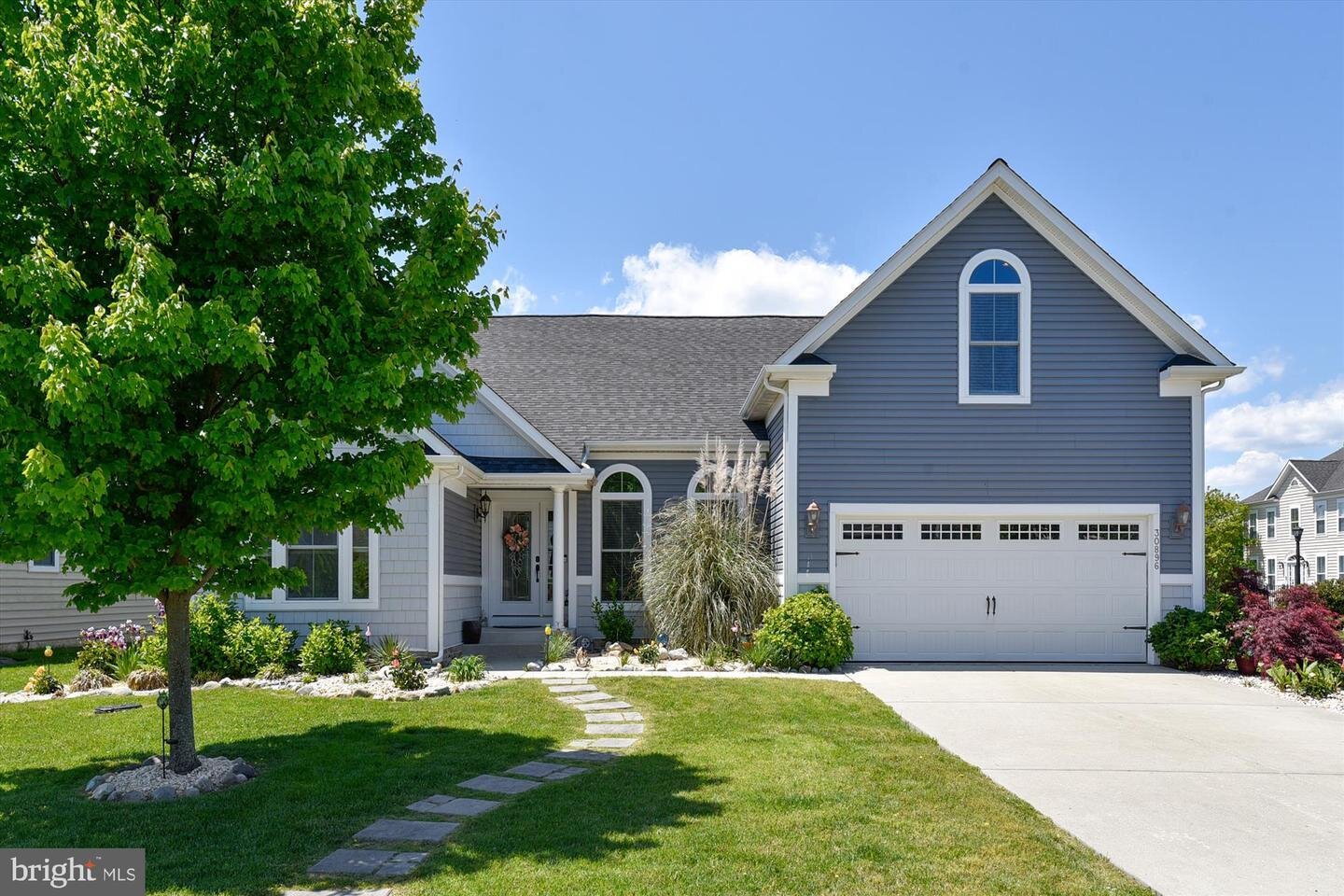2020 Housing Market Predictions – Realtor.com
Source: Realtor.com
National Housing Forecast 2020: Housing markets search for new balance
– Home price growth will flatten, with a forecasted increase of 0.8 percent
– Inventory will remain constrained, especially at the entry-level price segment
– Mortgage rates are likely to bump up to 3.88 percent by the end of the year
– Tight inventory and rising mortgage rates will lead to dropping sales
– Buyers will continue to move to affordability, benefiting mid-sized market
Realtor.com Forecast for Key Housing Indicators
Housing IndicatorRealtor.com 2020 Forecast
Mortgage Rates Average 3.85% throughout the year, 3.88% by end of year
Existing Home Median Sales Price Appreciation Up 0.8%
Existing Home Sales Down 1.8%
Single-Family Home Housing Starts Up 6%
Homeownership Rate 64.6%
2020 HOUSING PREDICTIONS
Supply
Housing supply was a tale of two halves in 2019. In the first six months, we saw the effect of low affordability, which translated into an inventory build-up around the country. The number of homes available for sale rose rapidly, at nearly 7 percent on a yearly basis, the fastest pace of growth since 2014. Before spring arrived we had already seen the first material move in favor of buyers. Inventory was on an expansionary path leading to the summer, as prices further overheated and frustrated buyers reached a point of exhaustion. However, the landscape shifted quickly. As mortgage rates sank in March, the low rate environment gave the housing market a second wind. Thousands of buyers that were priced out by sky-high prices found a way to enter the market by leaning on financing, and those that were on the edge of qualifying were suddenly and automatically back in. At the start of this year, 2-out-of-3 of markets were seeing inventory growth. As we wrap the year, only 1-in-10 are seeing growth, placing housing into acute shortage mode.
The market is still years away from reaching an adequate supply of homes to meet today’s demand from buyers. Despite improvements to new construction and short waves of sellers, next year will once again fail to bring a solution to the inventory shortage. In 2020, we expect inventory to struggle to grow and could instead reach a historic low level. The yearly declines are likely to be moderate and range between 1-to-5 percent for most of the year. A steady flow of demand, and robust-yet-declining seller sentiment will combine to ensure there is no surplus adequately-priced inventory.
Demand
A low rate environment, rising rents, and the ever expanding millennial population broadened the potential homebuyer pool and maintained a strong demand foundation in 2019. Buyer sentiment peaked in the summer and powered sales growth in the fall. However, it lost momentum later in the year, as conditions of low affordability and economic uncertainty persisted.
Overall buyer demand will remain very robust, particularly at the entry level, in 2020. The largest population cohort in the country (those born in 1990) will turn 30 in 2020, accounting for 4.8 million millennials hitting peak home buying age. As a group, Millennials (those born 1981-1997) will take more than half of all mortgages next year. For the first time ever, Millennials’ share of mortgage originations will surpass 50 percent in the spring, outnumbering Gen X and Baby Boomers combined. The last generation to take more than half of all purchase originations was Gen X in 2013, just six years ago. Accordingly, other generations’ footprint will continue to contract, with Gen X and Baby Boomers taking 32 and 17 percent of mortgage originations respectively.
Home sales
Sales of existing homes declined in 2018 and through the first half of 2019, as tightening inventory squeezed first-time buyers. While sales experienced a slight rebound in the third quarter of this year, elevated by declining mortgage rates, the annual pace is likely to be flat at best. Demand for homes remains solid, with younger buyers continuing to vote with their dollars. However, as consumers indicated that they expect a moderation in economic activity in 2020, the housing market is likely to reflect the economic headwinds. Sales of existing homes are expected to decline 1.8 percent in 2020, as the continuing supply shortage and moderating price growth will hamper buyers and tamp down sellers’ expectations.
The decline in sales is projected to be accompanied by a flattening in price growth. With the supply of available homes continuing to balance on a tightrope, and the entry-level demand expected to remain strong, prices are estimated to tick up 0.8 percent in 2020.
Move to affordability
A dominant trait of this real estate cycle has been the renaissance of the urban downtowns. As younger generations returned to downtown cores, employers and developers responded by building offices, retail and housing in high-density environments. However, as the costs of development and construction rose, so did housing prices, especially given the propensity for builders to bring mostly high-end, luxury products to market. Over the past decade, demand for downtown living trended on an upward curve, driven by a desire for proximity, and lifestyle amenities, especially on the part of Millennials.
However, as Millennials matured and started families, their priorities shifted. With the oldest members of the generational cohort reaching 38 years in 2019, Millennials broadened their housing horizons beyond the urban core. As housing prices outpaced incomes by a wide margin, home buyers made a noticeable move toward affordability during the year. Large, expensive coastal markets—New York, Los Angeles, San Francisco—began experiencing net migration outflows, as buyers flocked to mid-sized cities, in search of quality of life and amenities at a more affordable price point.
The move to affordability trend will continue in 2020, fueled by the twin forces of Baby Boomers retiring and seeking sunnier weather, lower taxes and lower cost of living, and Millennials searching for family-friendly lifestyles and affordable housing. Home buyers are increasingly looking not only at suburban environments near large metropolitan areas, but also considering options across state lines. Cities in Arizona, Nevada and Texas will continue to benefit from shoppers looking for more affordable alternatives to California. Meanwhile, shoppers from expensive Northeast markets will find the warmer options in the Carolinas, Georgia and Florida attractive.
What will 2020 be like for buyers?
Buying a home in 2020 will offer opportunities for some buyers, as the supply of new homes relieves some of the inventory pressures, and prices moderate. While the inventory of new homes in 2019 remained focused on the high-end, as the luxury market cools, builders signaled their intent to increase offerings in the mid-price segment, a much-needed shift in market dynamics. First-time buyers will continue to struggle with affordability, even with mortgage rates in an approachable range, as entry-level inventory is expected to remain constrained. The broad price moderation will continue to offer opportunities in mid-sized markets in the Midwest and South.
What will 2020 be like for sellers?
Sellers in 2020 will contend with flattening price growth and slowing activity, requiring more patience and a thoughtful approach to pricing. Sellers of homes priced for entry-level buyers can expect the market to remain competitive and prices to stay firm. At the upper end of the price range, however, properties will take longer to sell, and incentives will be needed to close deals. As the market moves toward a more balanced scenario, sellers who adjust to local market conditions can expect to benefit from continuing demand.
Full article: https://www.realtor.com/research/2020-national-housing-forecast/




